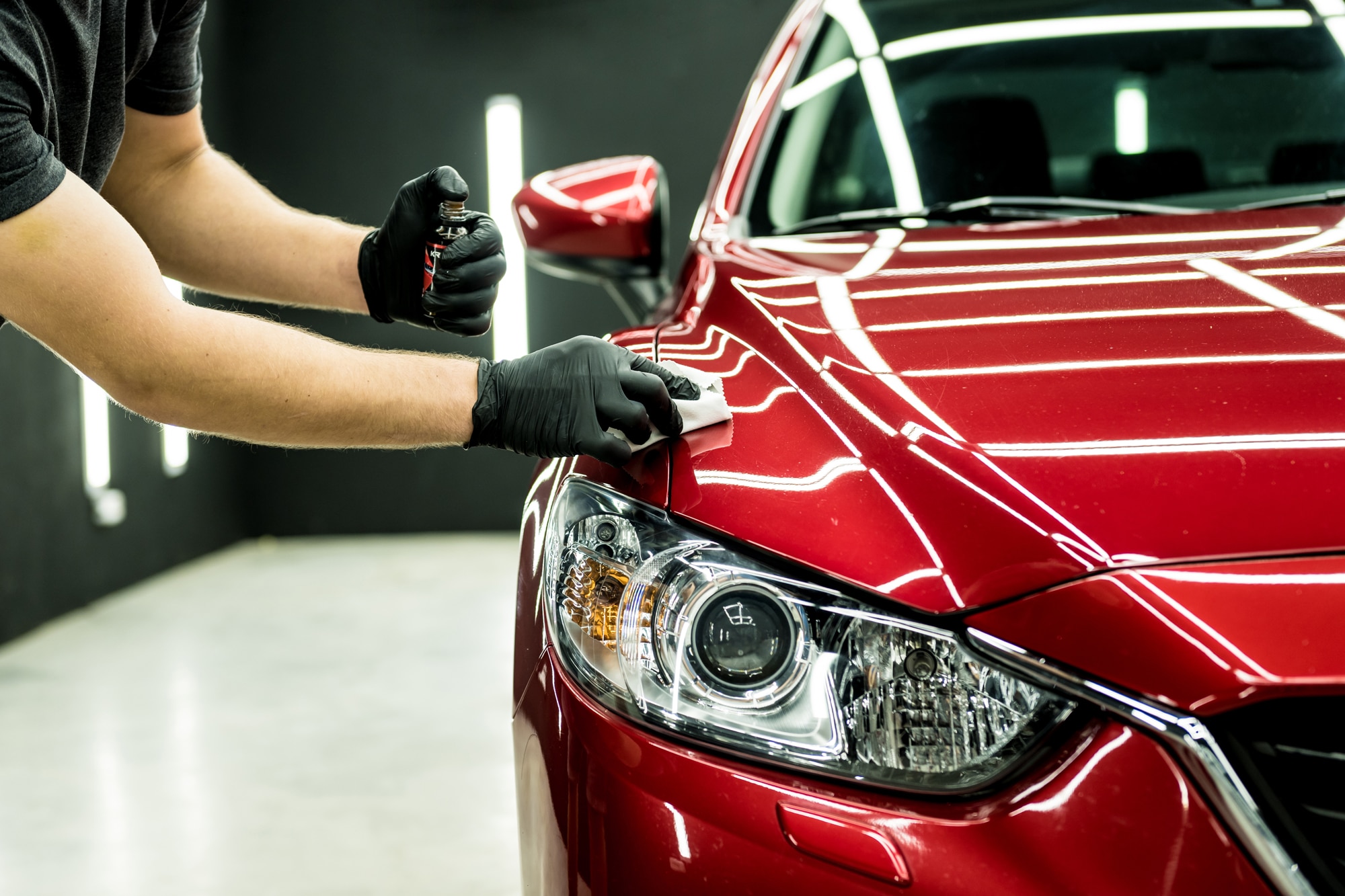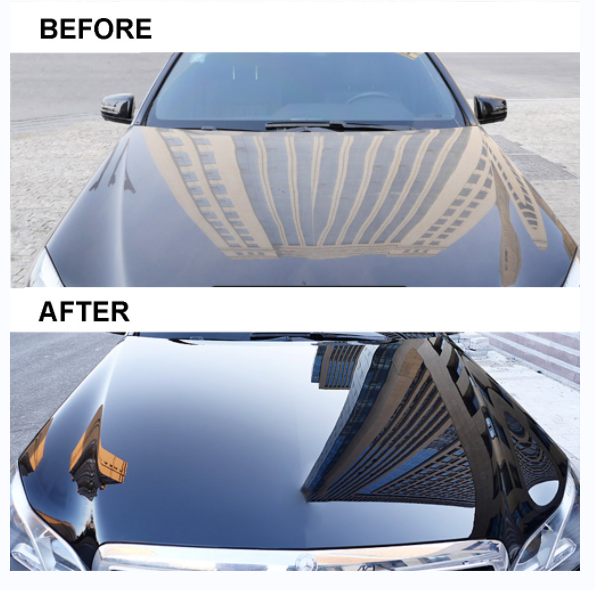Get certified paint protection film installation to reduce rock chips and scratches.
Get certified paint protection film installation to reduce rock chips and scratches.
Blog Article
A Comprehensive Overview to the Kinds of Ceramic Layer on the marketplace
Ceramic coverings have become a critical remedy across numerous industries due to their one-of-a-kind homes and applications. From silica-based formulations understood for their toughness to crossbreed alternatives that merge several advantages, the choices readily available can be overwhelming. Comprehending the subtleties of each kind, including their specific advantages and ideal use instances, is important for making informed decisions. As we check out the unique qualities and applications of these layers, the ramifications for efficiency and long life come to be increasingly noticeable, elevating inquiries about which type might best fit your requirements.
Understanding Ceramic Coatings
Ceramic coatings are innovative protective options that have actually acquired popularity in numerous industries, particularly in auto and aerospace applications. These coatings contain a liquid polymer that, when healed, develops a long lasting, hydrophobic layer externally of the substrate. This layer supplies improved resistance to ecological impurities, UV radiation, and chemical direct exposure, thus expanding the life and aesthetic charm of the underlying material.
The basic part of ceramic coverings is silica, which adds to their hardness and toughness. The application process normally entails surface prep work, application of the layer, and healing, which can be achieved with heat or UV light. Once cured, ceramic coatings exhibit phenomenal bonding homes, permitting them to adhere highly to a selection of surfaces, including steels, plastics, and glass.
Along with their safety functions, ceramic finishes additionally offer ease of maintenance. Their hydrophobic nature minimizes the adherence of dust and grime, making cleansing simpler and much less regular. On the whole, the fostering of ceramic coverings stands for a significant improvement in surface area security innovation, providing both functional and aesthetic benefits throughout numerous sectors.
Types of Ceramic Coatings
Various sorts of ceramic finishes are available, each made to meet details efficiency requirements and applications - scratch repair sarasota. One of the most usual types consist of:
Silica-based Coatings: These finishings mostly are composed of silicon dioxide and are known for their sturdiness and chemical resistance. They are commonly used in vehicle and industrial applications.
Titanium Dioxide Coatings: Renowned for their photocatalytic residential or commercial properties, titanium dioxide coverings are often applied in atmospheres where self-cleaning and antifungal residential or commercial properties are preferable, such as in structure products and auto coatings.
Zirconia Coatings: Identified by their high-temperature stability and thermal resistance, zirconia finishes are utilized in applications such as turbine engines and high-performance vehicle elements.
Alumina Coatings: Displaying exceptional hardness and thermal stability, alumina layers are regularly utilized in wear-resistant applications, consisting of cutting tools and industrial machinery. - Paint Protection Film
Hybrid Coatings: Integrating the properties of numerous materials, crossbreed layers use improved efficiency qualities, making them ideal for special and requiring applications.
Each type of ceramic layer offers distinct purposes, permitting users visit this site to select the most ideal solution based upon certain ecological problems and efficiency demands.
Benefits of Ceramic Coatings
Coatings play an important role in boosting the performance and long life of surface areas across various sectors. Ceramic finishings, in particular, deal various advantages that make them significantly preferred among suppliers and customers alike. Among the main advantages is their phenomenal resilience. These coatings are immune to scrapes, chemicals, and UV rays, making sure that the underlying surface area stays safeguarded gradually.
In enhancement to resilience, ceramic coverings provide superb hydrophobic buildings, permitting easy cleaning and maintenance. This water-repellent nature decreases the adherence of dirt, crud, and other contaminants, which can lengthen the aesthetic appeal and capability of the surface area. Ceramic finishings can dramatically enhance thermal resistance, making them optimal for applications that endure high temperatures.

Application Refine
When using ceramic coatings, a thorough approach is important to achieve ideal results. A clean surface guarantees appropriate adhesion of the finishing.
Once the surface area is prepped, the following action is to apply the ceramic layer. The click here to find out more coating needs to be used in slim layers, as thicker applications can lead to unequal coatings.
After application, the finishing calls for a particular healing time, normally varying from a couple of hours to a full day, depending upon the product. During this time, it is vital to avoid exposure to dampness or impurities. A gentle buffing might be necessary after curing to boost the gloss and get rid of any high spots. Complying with these actions faithfully will take full advantage of the efficiency and durability of the ceramic covering, offering a long lasting safety layer for the surface area.
Maintenance and Durability
To make sure the longevity and performance of a ceramic finishing, regular maintenance is crucial. Ceramic coatings, known for their longevity and protective qualities, need certain treatment regimens to optimize their life-span and efficiency. The primary step in upkeep includes routine washing with pH-neutral soap, avoiding harsh chemicals that can break down the covering. It is recommended to clean the lorry consistently, ideally every 2 weeks, to stop the accumulation of pollutants that could compromise the layer's integrity.
In addition to routine cleaning, routine inspections are essential. Try to find signs of wear or damage, such as hydrophobic residential properties diminishing or surface imperfections. If needed, a light gloss may be used to revitalize anchor the finish without stripping it away.
Additionally, the application of a booster spray can boost the finishing's hydrophobic results and restore its gloss. This is particularly useful for finishes that have actually been in use for a prolonged period. Ultimately, by adhering to these maintenance techniques, one can dramatically prolong the life of a ceramic covering, making sure that it remains to provide ideal defense versus ecological factors and maintain the visual allure of the lorry.
Conclusion

Report this page